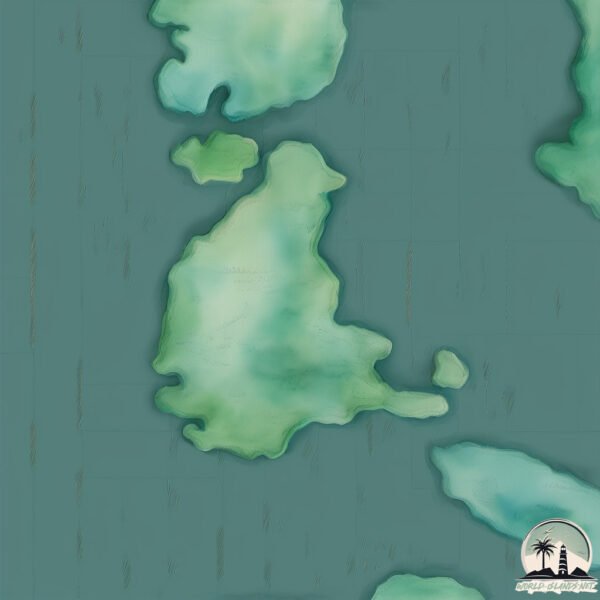Welcome to Florencia , a Temperate island in the South Pacific Ocean, part of the majestic Pacific Ocean. This guide offers a comprehensive overview of what makes Florencia unique – from its geography and climate to its population, infrastructure, and beyond. Dive into the details:
Geography and size of Florencia
Size: 2.896 km²Coastline: 10.4 kmOcean: Pacific OceanSea: South Pacific OceanContinent: South America
Florencia is a Small Island spanning 2.9 km² with a coastline of 10.4 km.
Archipel: –
Tectonic Plate: South America – A major plate covering the South American continent and part of the Atlantic Ocean, known for the Andes mountain range and significant seismic and volcanic activity.
The geographic heart of the island is pinpointed at these coordinates:
Climate and weather of Florencia
Climate Zone: TemperateClimate Details: Temperate Oceanic ClimateTemperature: Warm Summer
Climate Characteristics: Known for its moderate year-round temperatures with ample rainfall and no dry season. Warm summers are characteristic.
Topography and nature of Florencia
Timezone: UTC-04:00Timezone places: America/La_PazMax. Elevation: 61 m Mean Elevation: 35 mVegetation: Evergreen Broadleaf ForestTree Coverage: 98%
The mean elevation is 35 m. The highest elevation on the island reaches approximately 61 meters above sea level. The island is characterized by Plains: Flat, low-lying lands characterized by a maximum elevation of up to 200 meters. On islands, plains are typically coastal lowlands or central flat areas.
Dominating Vegetation: Evergreen Broadleaf Forest
Vegetation: 3 vegetation zones – Moderately Diverse Island
Infrastructure and Travelling to Florencia
Does the island have a public airport? no .
Does the island have a major port? no .
The mean population of Florencia is 0 per km². Florencia is Uninhabited. The island belongs to Chile .
Continuing your journey, Teresa is the next notable island, situated merely km away.
Florencia Bay (Flo) - Vancouver Island - British Columbia
A trip to Florencia Bay which is a 6 Km beach near Tofino (One of Vancouver Islands' top attractions) huddled in a bay on the west ...
Florencia Bay (Flo) - Vancouver Island - British Columbia
A trip to Florencia Bay which is a 6 Km beach near Tofino (One of ...
A trip to Florencia Bay which is a 6 Km beach near Tofino (One of Vancouver Islands' top attractions) huddled in a bay on the west ...
[LEYTE TRAVEL GUIDE] Florencia Island | Macrohon, Southern Leyte | Eastern Visayas | One Leyte Girl
This is Florencia Island in Barangay Molopolo, Macrohon, Southern ...
This is Florencia Island in Barangay Molopolo, Macrohon, Southern Leyte, Philippines. It is a small island, probably a reclaimed ...
Isla Florencia Of Cawayan Masbate Island Tour.
Chile is classified as Emerging region: G20: Group of Twenty – Major economies comprising both developed and emerging countries, representing the world’s largest economies. The level of income is Upper middle income.
News – Latest Updates and Headlines from Florencia
Stay informed with the most recent news and important headlines from Florencia. Here’s a roundup of the latest developments.
Loading...
Please note: The data used here has been primarily extracted from satellite readings. Deviations from exact values may occur, particularly regarding the height of elevations and population density. Land area and coastline measurements refer to average values at mean high tide.

